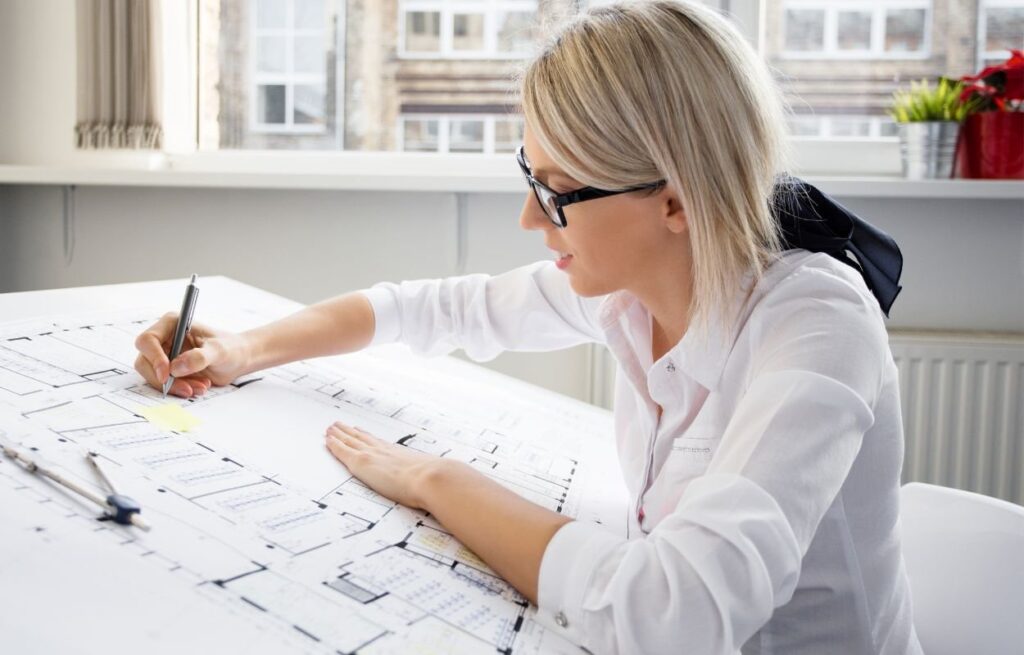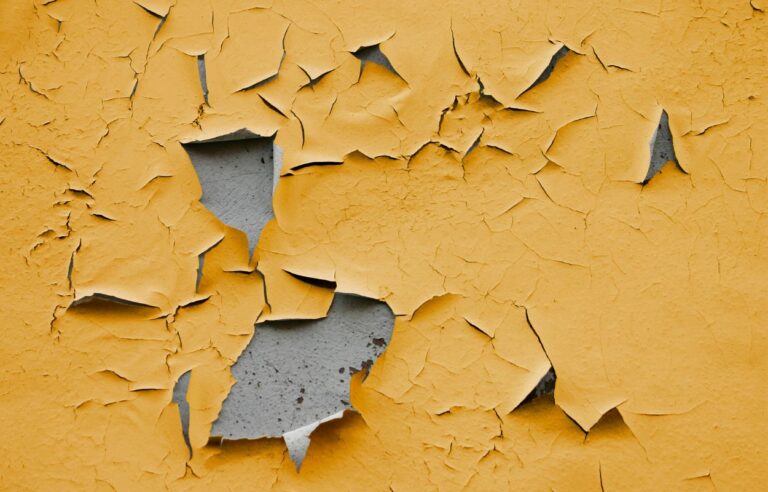
For decades, demolition has been the go-to method for clearing out old buildings. Smash it down, haul it away, and move on. It was quick, easy, and got the job done. But now, a surprising shift is happening in the world of architecture. More and more architects are turning their backs on demolition and choosing deconstruction instead. And the reason? Well, it’s not just about saving money—it’s about saving the planet, too.
WHAT IS DECONSTRUCTION, ANYWAY?
Deconstruction isn’t just a fancy word for demolition. It’s a whole different approach. Instead of tearing down buildings with wrecking balls and bulldozers, deconstruction takes things apart carefully, piece by piece. The goal is to salvage as much material as possible. Think wood, bricks, fixtures, windows, doors, and even nails. Anything that can be reused, gets saved.
So why are architects suddenly in love with this slower, more detailed process? Let’s dive into what’s making deconstruction the new gold standard in sustainable design.
DECONSTRUCTION IS WAY BETTER FOR THE ENVIRONMENT
Let’s face it—demolition creates a massive amount of waste. Tons of perfectly good materials end up in landfills. That’s not only wasteful, but it’s also harmful to the environment. Landfills produce methane, a greenhouse gas that contributes to climate change.
Deconstruction helps keep usable materials out of the dump. Instead of rotting away in a landfill, these materials get a second life. Old timber becomes new flooring. Vintage bricks add charm to modern builds. Even old windows find new homes. By reusing what’s already there, architects reduce the demand for new materials. That means fewer trees cut down, less mining, and a smaller carbon footprint.
HOMEOWNERS AND DEVELOPERS ARE SAVING MONEY
Here’s something that might surprise you: deconstruction can actually save money in the long run. Sure, it takes more time than smashing a building down. But many of the salvaged materials can be resold or reused in new construction. That cuts down on buying new stuff, which helps stretch your budget further.
Plus, some places even offer tax benefits for donating reclaimed materials. If you’re in it for the savings, deconstruction makes a lot of sense. And if you’re working with a builder or contractor who knows how to do it right, you’ll get quality materials for a fraction of the cost.
ARCHITECTS LOVE THE DESIGN POSSIBILITIES
Deconstruction doesn’t just help the environment and your wallet. It also opens up some incredible design opportunities. Architects are using reclaimed materials in creative ways that give buildings character and history. That weathered barn wood? It makes a stunning feature wall. Those vintage windows? Perfect for adding charm to a modern space.
When architects work with deconstructed materials, they’re not just building—they’re storytelling. Every piece has a past, and that brings warmth and personality to a space. In a world of cookie-cutter buildings, that’s a huge win.
DECONSTRUCTION SUPPORTS LOCAL JOBS AND SKILLS
Deconstruction isn’t something you can do with a few machines in an afternoon. It’s a labor-intensive process that requires skill, patience, and experience. That’s actually a good thing for local communities. Why? Because it creates jobs.
From trained crews that dismantle buildings to shops that sell reclaimed materials, deconstruction keeps money in the community. It also helps build valuable skills. Workers learn how to handle materials with care, sort them properly, and get them ready for reuse. It’s not just work—it’s meaningful work that supports sustainability.
WHY NANAIMO IS JUMPING ON THE DECONSTRUCTION TREND
Nanaimo has always been known for its natural beauty and strong sense of community. Now, it’s becoming a leader in sustainable building practices too. More homeowners, builders, and architects are turning to deconstruction services in Nanaimo to help reduce waste and preserve valuable materials.
The city’s growing interest in eco-friendly living has made deconstruction a natural fit. People here care about the environment. They want to make smart choices when building or renovating. And they want to support local businesses that do things the right way. That’s exactly what deconstruction delivers.
IT’S NOT JUST FOR OLD BUILDINGS
You might think deconstruction is only useful for historic or vintage properties. Not true. Even newer buildings can benefit. As long as the materials are in good condition, they can be reclaimed and reused.
That flexibility makes deconstruction a smart choice for all kinds of projects—from small renovations to full teardowns. Whether you’re redoing a kitchen or replacing a roof, there’s a good chance some parts of your home can be saved and reused elsewhere.
THERE’S A GROWING DEMAND FOR RECLAIMED MATERIALS
Designers and builders aren’t the only ones paying attention to deconstruction. More and more homeowners want reclaimed materials in their homes. They love the look, the story, and the eco-friendly impact.
Shops that sell salvaged wood, old doors, and vintage hardware are booming. And people are willing to pay a premium for items that are unique and sustainable. That demand is pushing more builders to think twice before throwing materials away. If it can be reused, why waste it?
DECONSTRUCTION IS SHAPING THE FUTURE OF ARCHITECTURE
We’re in the middle of a major shift in how we build and rebuild. Architects are leading the way by embracing sustainability, creativity, and responsibility. They’re not just designing beautiful spaces—they’re doing it with a conscience.
Choosing deconstruction services in Nanaimo isn’t just a trend. It’s part of a bigger movement toward smarter, more sustainable construction. One that values the past while building a better future.
READY TO DITCH DEMOLITION? HERE’S WHAT TO DO NEXT
If you’re thinking about a renovation or new build, talk to your contractor about deconstruction. Ask how much of your existing structure can be salvaged. Look for companies that specialize in sustainable building. And consider using reclaimed materials in your project.
It’s a simple change that can have a huge impact. You’ll save money, help the environment, and create something truly one-of-a-kind.
Deconstruction might take a little more time and effort—but it’s totally worth it. And once you see the results, you’ll never look at demolition the same way again.





